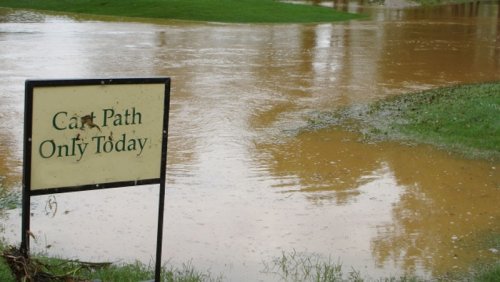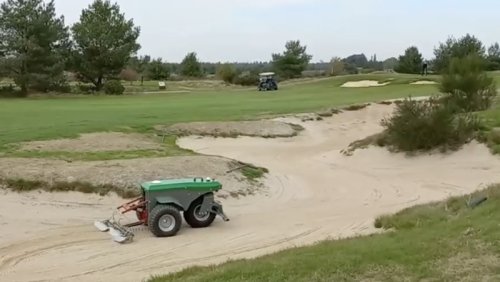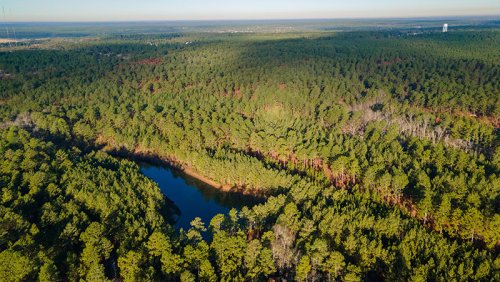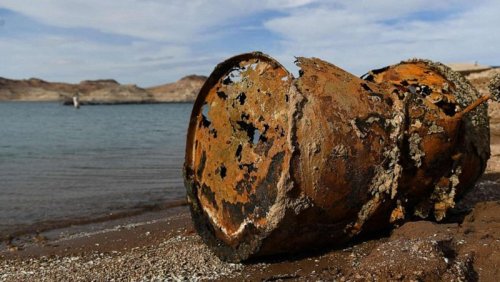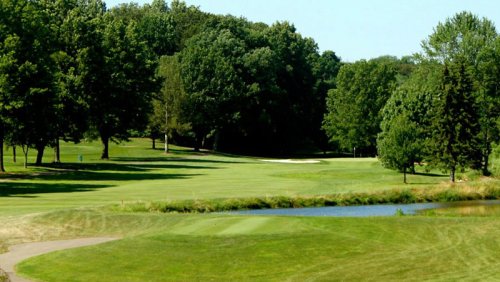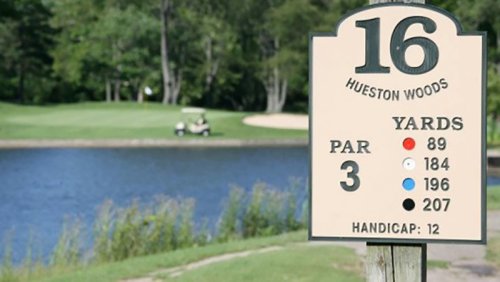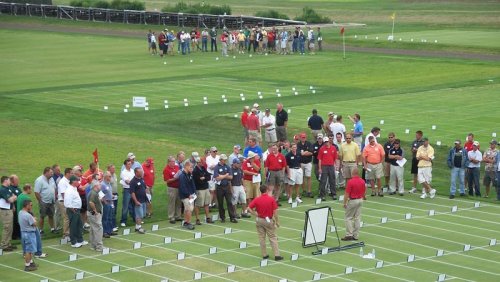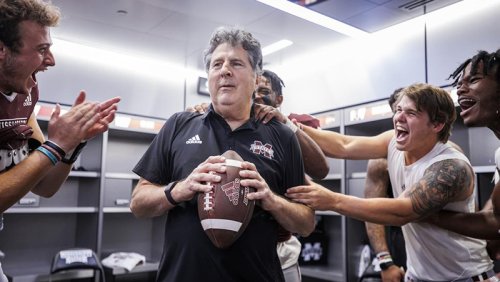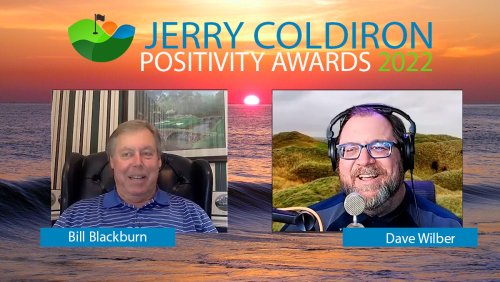

All of the above blamed the state's golf courses, all 140 of them, for wasting water and being the source of the state's water-starved status, with Oliver and Cox taking golf to task over the airwaves. State legislators in Utah seek to use public pressure in its battle over what it perceives as overwatering on golf courses.
Despite the advent of water-efficient irrigation rotors, adjuvants and ever-evolving agronomic practices by superintendents, proposed legislation sponsored by Rep. Doug Welton, a Republican from Payson, would require golf courses to report the amount of water they use each year to the state's Division of Water Resources, which in turn would publish the information on a publicly accessible website.
Any serious student of history knows it is difficult to wage a two-front war, much less win one.
Known as House Bill 188, the proposed legislation was introduced to the House Rules Committee on Jan. 17.
With an average of just 11 inches of rain per year, Utah (Nevada gets 10.2 inches a year) is the country's second-driest state, and there are better uses for it than to irrigate golf courses, said Oliver and Cox.
The campaign against golf in Utah has some legs.
In 2021, Washington County asked golf courses to reduce the number of acres under irrigation, and last year the Washington County city of St. George prohibited the construction of any new courses.
In reality, golf courses are not among the top 5 users of water in Utah. According to a U.S. Geological Survey survey, the top water users in Utah on a daily basis are:
> agriculture - 2 billion gallons,
> public use - 622 million gallons,
> industrial - 54 million gallons,
> thermoelectric power - 43.6 million gallons,
> golf - 21 million gallons.
HB 188 is one of just several proposals under way in Utah designed to conserve water, including those targeted toward industrial and residential users. Other measures include banning yards in new residential developments and incentives for converting grass to non-irrigated landscape in existing neighborhoods. HB 188 has a long way to go before it becomes law, but that it has made it this far in a politically conservative state like Utah is significant. Other states have taken up a fight at the state and local level against golf with various degrees of success. New course construction is banned in several municipalities throughout the West.
The most notable proposed anti-golf legislation was what was known as the Anti-Golf Bill in California that would have provided cities with financial incentive to convert publicly owned golf courses into high-density housing. The bill died in the statehouse in Sacramento last spring, but it hardly is the end of such efforts to dry down golf as people continue to live in a desert environment.
- Read more...
- 1,864 views


